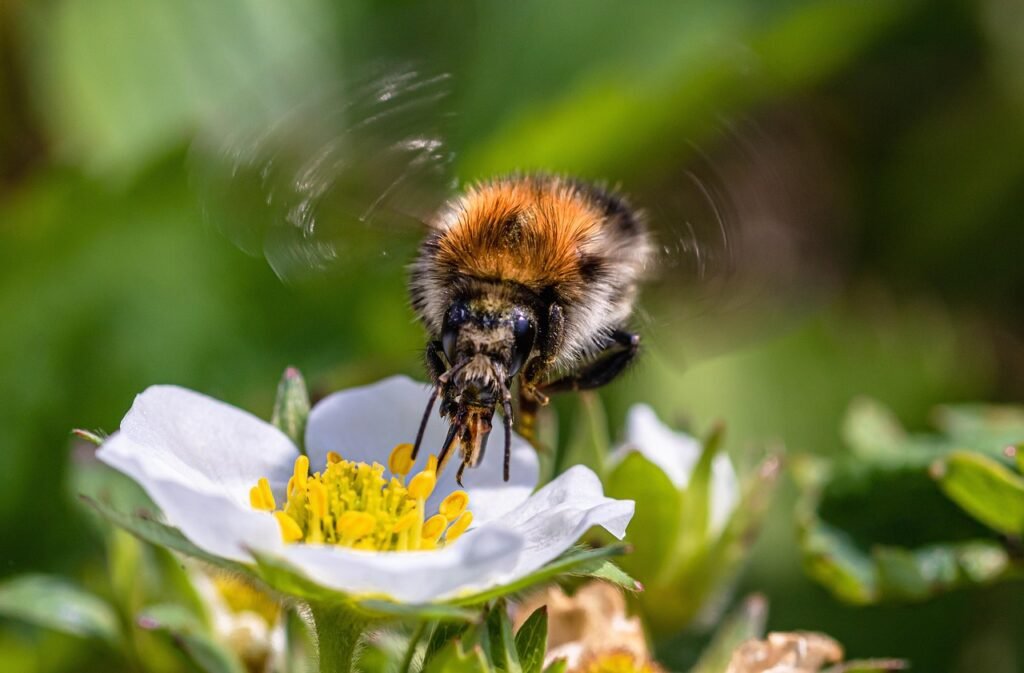The rusty patched bumblebee (Bombus affinis), once a common sight across the Midwest and northeastern United States, has now dwindled to the brink of extinction. Since being listed as an endangered species in 2017, conservationists have been racing against time to gather critical data that could help save them. However, one major challenge remains—locating their nests, which are notoriously difficult to find.
Now, experts are enlisting an unexpected ally in the fight to protect these vital pollinators: trained conservation dogs.
The Unseen World of Bumblebee Nests

Unlike honeybees, which build large and easily identifiable hives, rusty patched bumblebees nest underground in abandoned rodent burrows, tall grass, or leaf litter. Their nests are small, well-hidden, and scattered across vast landscapes, making them nearly impossible for human researchers to find.
According to the U.S. Fish and Wildlife Service (USFWS), habitat loss, intensive farming, disease, pesticide use, and climate change have all contributed to the rusty patched bumblebee’s endangered status. Their nests are extremely rare to find, with the Wisconsin Department of Natural Resources documenting only one in the first three years of a statewide bumblebee monitoring initiative.
Canine Detectives Join the Search

That’s where conservation dogs come in. With their extraordinary sense of smell—estimated to be 10,000 to 100,000 times more powerful than a human’s—trained detection dogs are now being used to track down the elusive nests.
Organizations like the Conservation Canines Program at the University of Washington have been training dogs to sniff out specific chemical markers associated with bumblebee nests. These dogs work alongside researchers, scouring fields and meadows with their noses to the ground, leading scientists to potential nesting sites.
Laura Holder of Conservation Dogs Collective has worked with her trained dogs to find more than 20 species of bumblebees native to the state of Wisconsin. Holder and her dogs, Ernie and Betty White, have been working to protect pollinator habitats and locate bumblebee nests since 2021.
A Game-Changer for Bumblebee Conservation

Once a nest is located, researchers can monitor colony health, study environmental threats, and assess the impact of pesticides, habitat loss, and climate change. This information is key to developing conservation strategies that could help stabilize and eventually restore rusty patched bumblebee populations.
The success of conservation dogs in bumblebee research also opens the door for broader applications. Dogs can be trained over the course of a few months to learn specific scents. Since dogs can breathe and sniff at the same time, they are able to commit smells to memory—an invaluable tool for conservation efforts.
The Future of Bumblebee Conservation
With habitat destruction and climate change accelerating pollinator declines, innovative approaches like conservation canines may be essential to preventing further losses. Scientists and dog trainers alike are hopeful that this new technique will offer a lifeline to the rusty patched bumblebee—and perhaps, in the future, other imperiled species as well.
For now, as researchers and their four-legged partners hit the fields, each wagging tail brings new hope for a species on the edge.






